#violin and string quartet
Audio
Georg Philipp Telemann (1681-1767) - Première Suite à 4 for Flute, Violin, Cello and Basso continuo in e-minor, TWV 43:e1, IV. Réplique. Performed by Freiburger BarockConsort on period instruments.
#Georg Philipp Telemann#baroque#classical music#suite#flute#violin#cello#period performance#period instruments#baroque music#chamber music#quartet#paris quartet#overture#flute quartet#telemann#strings#woodwinds#flutist#flautist#cellist#violinist
47 notes
·
View notes
Text
#Dancing On My Own#Audio#Vitamin String Quartet#Violin#Bridgerton#💍💕#Soundtracks#Season 2#Anthony x Kate#Robyn
29 notes
·
View notes
Text

imagine having one of these bad boys in your house
#from a history of western music by burkholder grout and palisca#music#classical#violin#viola#cello#music major#string quartet#classical music
277 notes
·
View notes
Text
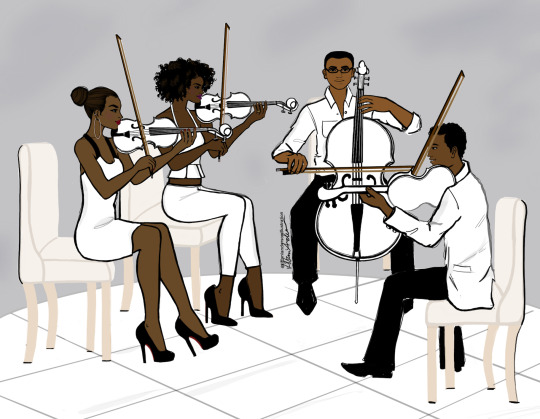
Music 🎻
Drawing this brought back memories of my closest schoolmates. Music brought us together in elementary and kept us together all the way through high school.
#illustration#sketch#drawing#melanin#fashion illustration#naturalhair#natural hair#blackgirlmagic#art#afro#orchestra#string quartet#violin#music#musician#classical music
238 notes
·
View notes
Text
Noah's Violin
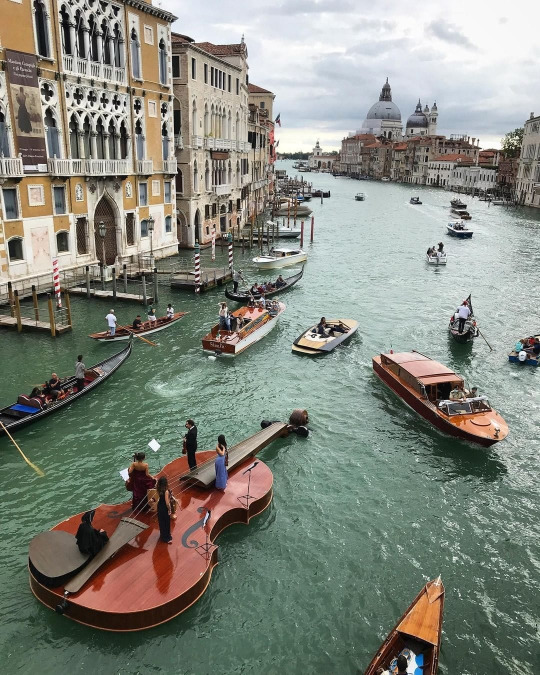
Music lovers in Venice were treated to a string quartet playing onboard a large violin-shaped boat as it motored slowly along one of the city's famous canals.
The boat - built as a tribute to COVID-19 victims - was launched Saturday, September 18, after undergoing trials last month.
The musicians performed works by Vivaldi, the city's most famous musical son, on the 12-meter by four-meter craft named the 'Violin of Noah'.
It was built by artist and woodcarver Livio De Marchi during the pandemic to symbolize the rebirth of the iconic city following the ravages of the pandemic.
Photographer; Luca De Luigi
Video: Noah's Violin
14 notes
·
View notes
Text
Henri et Heitor
Henri Vieuxtemps (Belgian 1820-81): Violin Concertos. I bought this way back in 2004 at HMV where they had a table or reduced-price classical cds. I like violin concertos so I picked it up knowing nothing about the composer. I’ve played it several times since then but to be honest I have no recollection of what I heard 🙂 The music is pleasant enough that I’ve kept it in my collection. It’s the…
View On WordPress


#am writing#Belgian#Belgium#Brasileiras#Brazil#Brazilian#classical music#guitar#Heitor Villa-Lobos#Henri Vieuxtemps#music#Ontario#photographs#review#solo piano#string quartet#Toronto#violin concerto
8 notes
·
View notes
Text

A soulful piece for string quartet by Gershwin. Enjoy!
Image credit: @meowlovers
Composer: https://open.spotify.com/artist/1YuknfkSYTTbolRpwZBOv4?si=ayqq3k1bTsmH5slayyqKLg (Gershwin)
#music#classical music#beautiful#beautiful music#beautiful classical music#violin#viola#cello#string#strings#string quartet#lullaby#gershwin#george gershwin#spotify#spotify classical music#Spotify
4 notes
·
View notes
Text

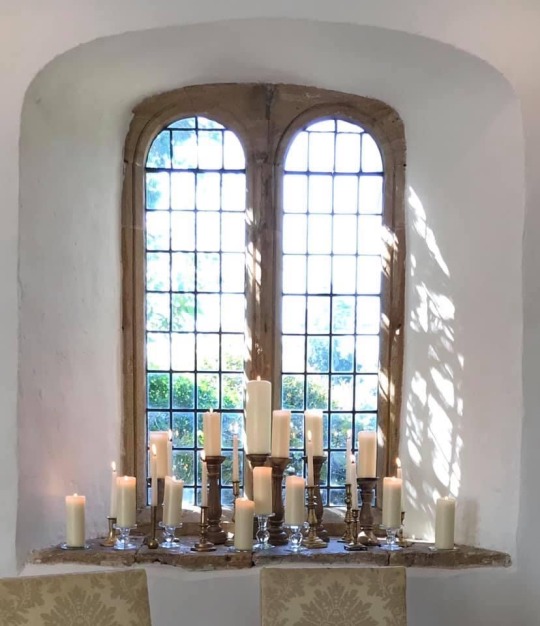

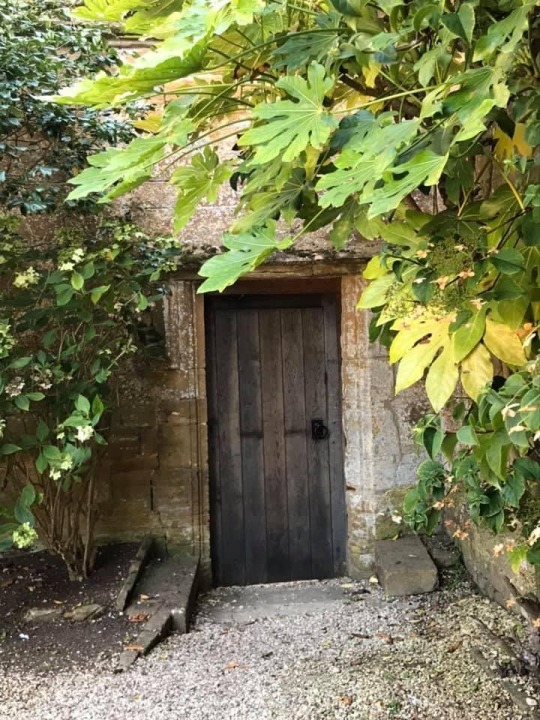

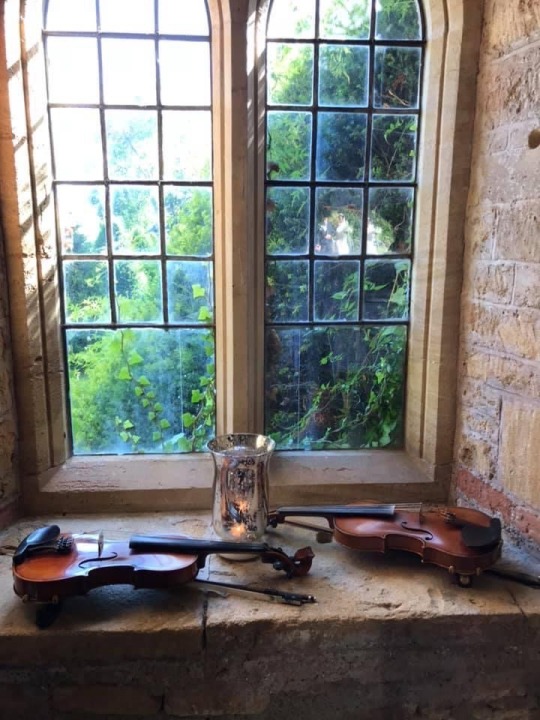
9 notes
·
View notes
Video
youtube
String Quartet No. 2 in C (2020) - Mister Tahti
#string quartet#neoclassical#classical music#new music#composer#modern music#mister tahti#trappa skunk#canadian composer#synthesizer#dungeon synth#fantasy ambient#saint george#saint george and the dragon#paolo uccello#strings#chamber music#violin#viola#cello
2 notes
·
View notes
Video
youtube
Beethoven - Grosse Fugue, op. 133 (1827)
One of Beethoven’s most iconic traits was his love for stark contrasts, and juxtaposing extremes of emotion and musical writing against each other. While writing his 13th string quartet (op.130), he wanted to follow the classical tradition of ending it with a fugal finale, the likes of which you can hear in several of Haydn and Mozart’s string quartets (and Mozart’s quintets). He claimed to have difficulty writing fugues and was often challenged with incorporating fugal elements into a growing and forward thinking expressivity. The result for the op. 130 quartet was a gargantuan and gnarled fugue full of dissonance that took up 1/3rd of the total run time, right after a short and heavenly cavatina (which provides the extreme contrast I mentioned earlier). While the quartet was successful at the premiere, the fugue left the audience confused. A lot of musicians and critics hated it. At best it was called “incomprehensible, like Chinese” and “a confusion of Babel” and “inaccessible”. At worst, composer Louis Spohr called it “an indecipherable, uncorrected horror” (I’ll interject that Spohr is an ‘ok’ composer who lacked imagination but that’s just my opinion). Of course Beethoven, who at this point in his life was self-confident to “know” the mastery of his own music, was angry at the cold reception. He was especially infuriated that audiences wanted an encore of some middle movements and not this fugue. And the publisher begged him to write a new finale to the quartet. He caved to peer pressure and wrote a new finale to the quartet, a more modest rondo which also ended up being the last piece of music he wrote before his death. Since then the fugue has been published as a stand alone piece, though sometimes it is played in the original context as the ending of op. 130. And despite how ‘baffling’ it was and continues to be, we now consider it one of his greatest masterpieces for its counterpoint, expressivity, and how well Beethoven is able to manipulate the main theme. The fugue can be divided into roughly five main sections. It opens with an overture where the first theme is played in unison on all strings. It is a bold yet awkward melody that is then repeated with a new rhythm, and then followed up with a new lyrical subject overhead. The first fugue is rough and violent, no matter what recording I listen to it sounds like the players are scratching away and cutting their fingers, which is probably what gives off the first impression of being “incomprehensible” and harsh. While difficult to follow along at first listen, it is a dense double fugue based on the opening theme, and the inclusion of syncopation and stretti creates a dizzying effect. After that fugue ends, we transition to the third section, where now a new fugue begins in a much more peaceful setting. It sounds like a charming Mozartian adagio, where most of the dissonance in the theme before has been trimmed off to a smoother sounding double-fugue subject. It acts as the ‘andante’ of a multi-movement work, but its softness doesn’t take away from the complexity, as subject and countersubject begin playing in the middle of a canon based on the main theme. A short interlude takes us to the fourth section which is like a scherzo, and is just as charming and fun as the court dance minuet that the scherzo replaced. The charm stands out more when the theme is at its most lighthearted, but again we are confronted by the complexity of using more counterpoint devices, such as playing the theme in retrograde (backwards), and making it harder to follow along by displacing the rhythm as he did back in the first fugue. The coda acts as a kind of recap by bringing back moments and ideas from earlier, but then letting them disappear back into the aether, and then wrapping it all up in a satisfying bow with a simple final statement. Talking about the fugue doesn’t do it justice, and if anything listing the devices used makes it sound like this is a boring academic piece, even though it is anything but. And thankfully its genius was fully recognized in the 20th century, where enough retrospect has given the world time to digest and analyze it. Stravinsky famously said that it is “an absolutely contemporary piece of music that will be contemporary forever”. It’s easy to hear what he means because the fugue has this sense of immediacy to it, and what people in the 19th century called incomprehensible is what people today would call electrifying.
#Beethoven#string quartet#grosse fuge#music#classical#cello#chamber#classical era music#violin#viola#violin music#viola music#cello music#classical music#chamber music#Beethoven string quartet#Beethoven grosse fuge#Beethoven great fugue#Ludwig van Beethoven#happy birthday
62 notes
·
View notes
Audio
Giuseppe Maria Cambini (1746? - 1825?) - String Quartet (with 2 violas) in F-Major, Op. 21 No. 2, II. Presto. Performed by Ensemble Alraune on period instruments.
#giuseppe maria cambini#classicism#classical music#string quartet#violin#viola#cello#period performance#period instruments#rarely performed composers#quartet#viola quartet#chamber music#violinist#cellist#violist
34 notes
·
View notes
Text
#Wrecking Ball#Audio#Midnite String Quartet#Violin#Bridgerton#Season 2#Kate x Anthony#The Viscount Who Loved Me#✨💜☁️
16 notes
·
View notes
Text

absolutely love this comment on this performance of borodin string quartet 2
144 notes
·
View notes
Text
“Crystallization (EP)” Awarded Bronze in the GMAs
“Crystallization (EP)” Awarded Bronze in the GMAs
I am so honored that the Global Music Awards awarded my recent EP release “Crystallization” the Bronze Medal this season for the category of Classical Crossover!
Enjoy Crystallization on your favorite platform today!

View On WordPress
#chamber music#electric violin#electroacoustic#modern music#piano#String quartet#Studio recording#violin
3 notes
·
View notes
Text
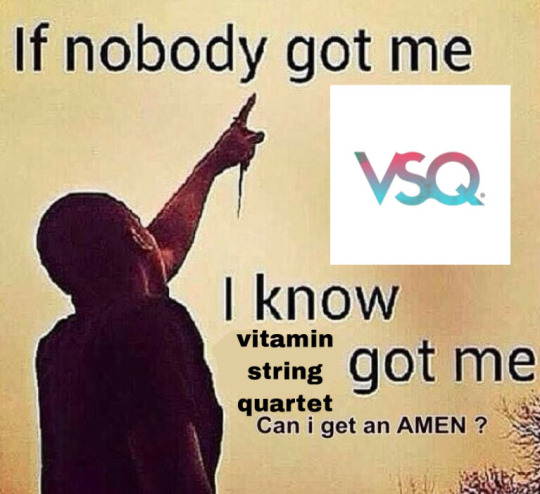
stream van
40 notes
·
View notes
Text
youtube
Best of 2021 Music #25: Vitamin String Quartet “Bad Guy”
We stick with Bridgerton for the music entry for today as Another unique aspect accentuating both the anachronistic setting and feeling was the string quartet music playing covers of modern hits during the eight episode run.
Most of them provided courtesy of the Vitamin String Quartet, famous viola enthusiasts whose covered everything from rap to country songs.
In addition to the aforementioned Billie Eilish hit which plays a role in the best scene of the show so far there are two others that have just as much impact.
Thank U Next from episode 1 during the first courtship dance.
And Girls Like You from the getting to know you scene in the next episode.
Not everyday a show can get different instrumental stuck in your head for hours at a time.
But kudos to Shonda and Bridgerton you’re proving us wrong.
SUM 22: Period performance artists with Modern jams accentuate how everyone fell in love with Daphne Simon and Company over the first month of ‘21
#bad guy#billie eilish#bridgerton#daphne basset#simon basset#vitamin string quartet#covers#thank u next#girls like you#best of 2021 music#best of 2021#music#25#violin cover#shonda rhimes#shondaland#julia quinn#regé jean page#Youtube#Spotify
2 notes
·
View notes